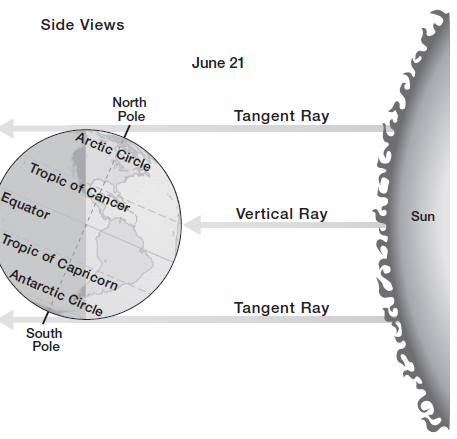Discuss the important differences between pre-industrial, industrial, and post-industrial societies
What will be an ideal response?
Answer: Societies with the bulk of their employment in the primary sector are called pre-industrial societies. Many societies still today are pre-industrial and largely engaged in agriculture. As some countries industrialized, many workers found employment in factories, and the proportion of the labor force employed in the primary sector declined. The proportion of workers in the secondary sector increased until, at no precisely defined point, certain societies came to be called industrial societies, in which most jobs were produced by manufacturing. This continuing evolution of some countries' economies has drawn a higher percentage of workers into the tertiary sector, producing services instead of goods. Sometime in the 1940s, the proportion of tertiary employment first exceeded 50%, and the United States became the world's first post-industrial society.
You might also like to view...
Using the diagram provided, draw in and label the following as they would appear on the December solstice. You are encouraged to use a straight edge and protractor to increase the accuracy of your diagram.

Figure 9-2: Earth–Sun relations on June solstice.
1. North and South Poles
2. Equator
3. Tropic of Cancer
4. Tropic of Capricorn
5. Circle of illumination
6. Arctic Circle
7. Antarctic Circle
Using arrows to represent incoming sunlight, show the latitudes of the following:
8. Vertical rays of the Sun
9. Tangent rays of the Sun
Drift bottles are useful in determining coastal circulation by tracking the path of surface currents.?
Indicate whether the statement is true or false
To avoid negatively impacting food production and marketing resulting from routine shipments of food to regions of chronic hunger, the World Food Program targets
A) tropical regions where food shortages are associated with high rates of infectious disease. B) countries with good forms of transportation to allow better distribution of food. C) emergency situations and then purchases most of the food within the region where it is needed. D) agricultural programs and purchases seed, fertilizers, and pesticides to encourage local farming.
Imagine a profile of soil going to a depth of approximately 10 ft. On a sunny day, the soil at a depth of 5ft will be ________ the soil at the surface because ________
A) warmer; soil is a good conductor of heat B) cooler; plate movement mixes the soils and dissipates the heat C) warmer; geothermal processes heat the deeper soils D) cooler; land is opaque preventing heating at depths E) cooler; convective heating will warm the subsurface more than the surface